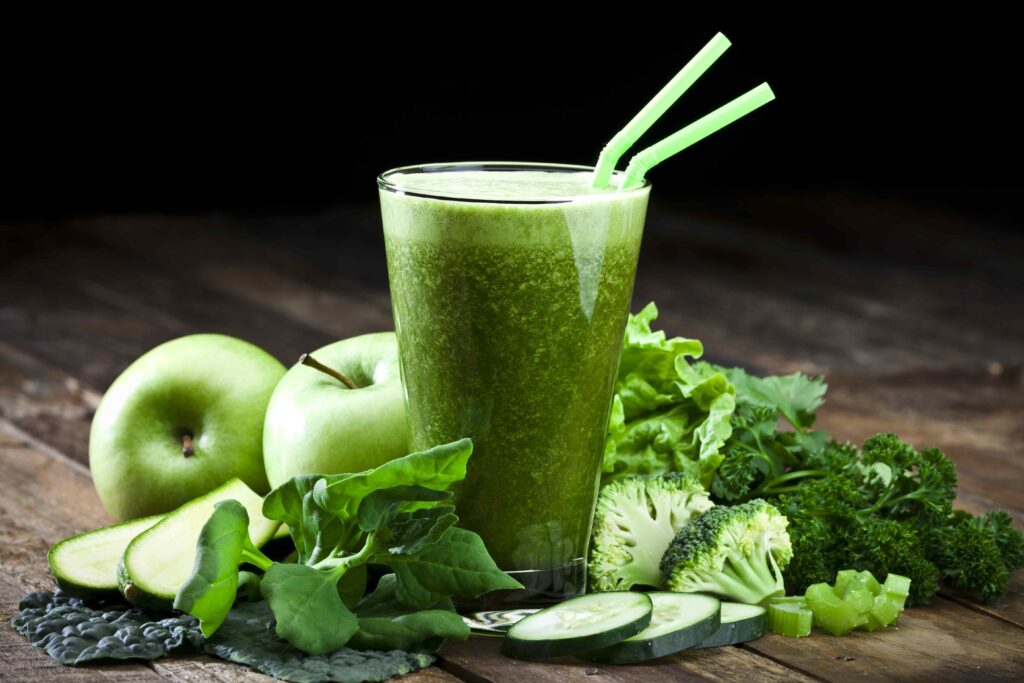Antioxidants are known since the 1990s.
If you can’t handle a big spoonful of bright green guacamole with spicy Mexican vegan chili peppers, be careful — it can easily turn into an unattractive gray sediment if you leave it for too long or do not add enough lime juice. The color change is a natural reaction between fruit and air, a process called oxidation.
Oxidative stress
But not only fruits are aware of oxidation, it also happens in your body.
It is believed that “oxidative stress” plays a role in aging, leading to wrinkled skin and brown spots on the skin, cataracts and age-related macular degeneration, as well as a number of chronic diseases, including heart disease, cancer, diabetes and Alzheimer’s disease.
It is paradoxical that oxygen — an element necessary for life-can have such a destructive effect on the body.
Free radicals
The culprits are unstable molecules called “active oxygen forms”, or free radicals.
They are produced naturally, just during breathing, movement and when your body turns food into energy. But free radicals are formed in much larger quantities due to alcohol consumption, cigarette smoke, environmental pollution, pesticides, ultraviolet radiation, stress, lack of sleep and fried food.
Their destructive behavior can lead to cell death or cause mutations in our DNA leading to cancer. They can also increase the likelihood of getting ” bad ” LDL cholesterol into the artery wall, which is bad.
Antioxidants – Vitamins A, C, E
However, there is an antidote. Antioxidants can neutralize free radicals before they cause any harm, and there are hundreds, perhaps thousands of different substances that act as antioxidants in food, especially in plant foods.
The most famous are vitamins A (beta-carotene), C and E, as well as selenium, lycopene and polyphenols, but there are many more of them. Lemon juice and lime juice prevent oxidation, because they contain vitamin C.
We have known about antioxidants since the 1990s, when studies showed that people who consume small amounts of fruits and vegetables have a higher risk of developing atherosclerosis (when the arteries are clogged with fatty substances), certain types of cancer, vision loss and many other chronic diseases. Plant-based foods are by far the richest source, while meat, fish and dairy products contain few antioxidants.
Plant-based products and antioxidants
The study, published in the journal Nutrition Journal, studied the content of antioxidants in more than 3,100 food products: beverages, spices, herbs and supplements used worldwide — and found that “plant-based products saturate the human diet with significantly more antioxidants than non-plant-based products.”
Berries are an excellent source of such, especially black currants, strawberries, blackberries and cranberries. Fruits that do not turn brown when exposed to air, such as mango, kiwi and orange, contain more antioxidants than those that turn brown —apple, pear and banana. Olives are also a good source. Good vegetables include artichokes, cabbage, red and green chili peppers, red cabbage and beets.
Whole-grain bread, brown rice and whole-grain pasta contain much more antioxidants than their white processed equivalents.
Brazil nuts are an exceptional source of the antioxidant selenium.
Black and green tea, grape juice contain a significant amount. Water does not contain antioxidants, and cow’s milk also contains almost zero.
Herbs and spices
Herbs and spices are usually very rich in antioxidants, especially cloves, peppermint, allspice, cinnamon, oregano, thyme, sage, rosemary and saffron. Experiment and be generous.
The antioxidant lycopene is a pigment that helps to give color to red and pink fruits and vegetables, and the cooking process actually increases its level. The best sources are tomatoes and tomato products: organic ketchup can contain three times more lycopene than non-organic. It is also found in pink grapefruit, watermelon, guava and papaya.
Vitamins A, C and E can be destroyed by prolonged storage or prolonged preparation. Although the cooking process can increase the antioxidant content of some foods, processed foods usually contain much less than fresh ones.
The key factor determining the risk of the disease is the entire diet, not individual elements, while plant food has a powerful protective effect. The high content of antioxidants in fruits and vegetables may be one of the reasons why this is so. So, if you are sick, stressed or tired — lean on broccoli and blueberries.
Herbs and spices are usually very rich in antioxidants.
The best way to get the right amount of antioxidants is to eat a lot of bright fruits and vegetables: sweet potatoes, carrots, red peppers, purple broccoli, red cabbage, asparagus, curly cabbage, berries and avocado.
And don’t forget about the lime juice when you cook guacamole!

